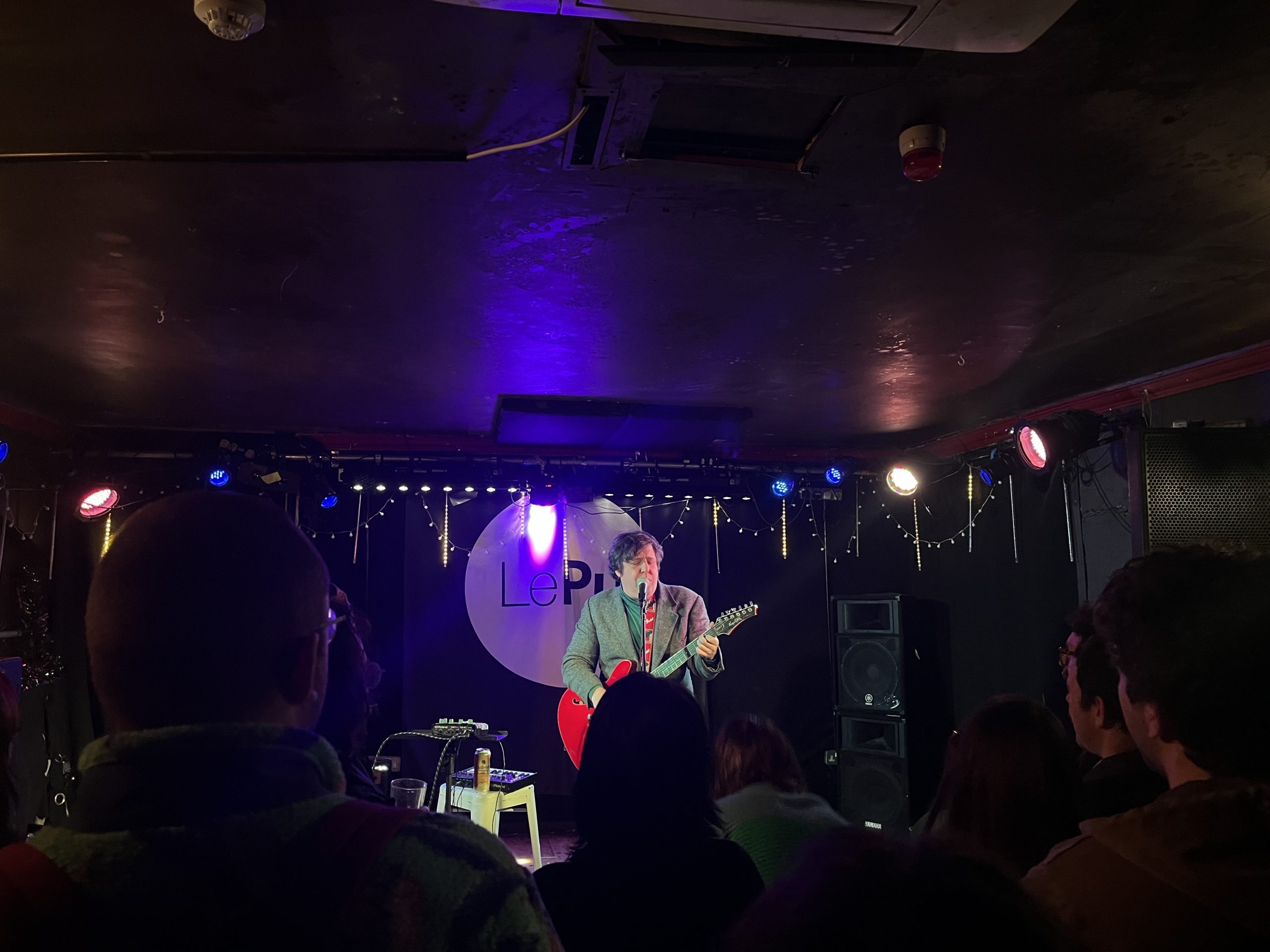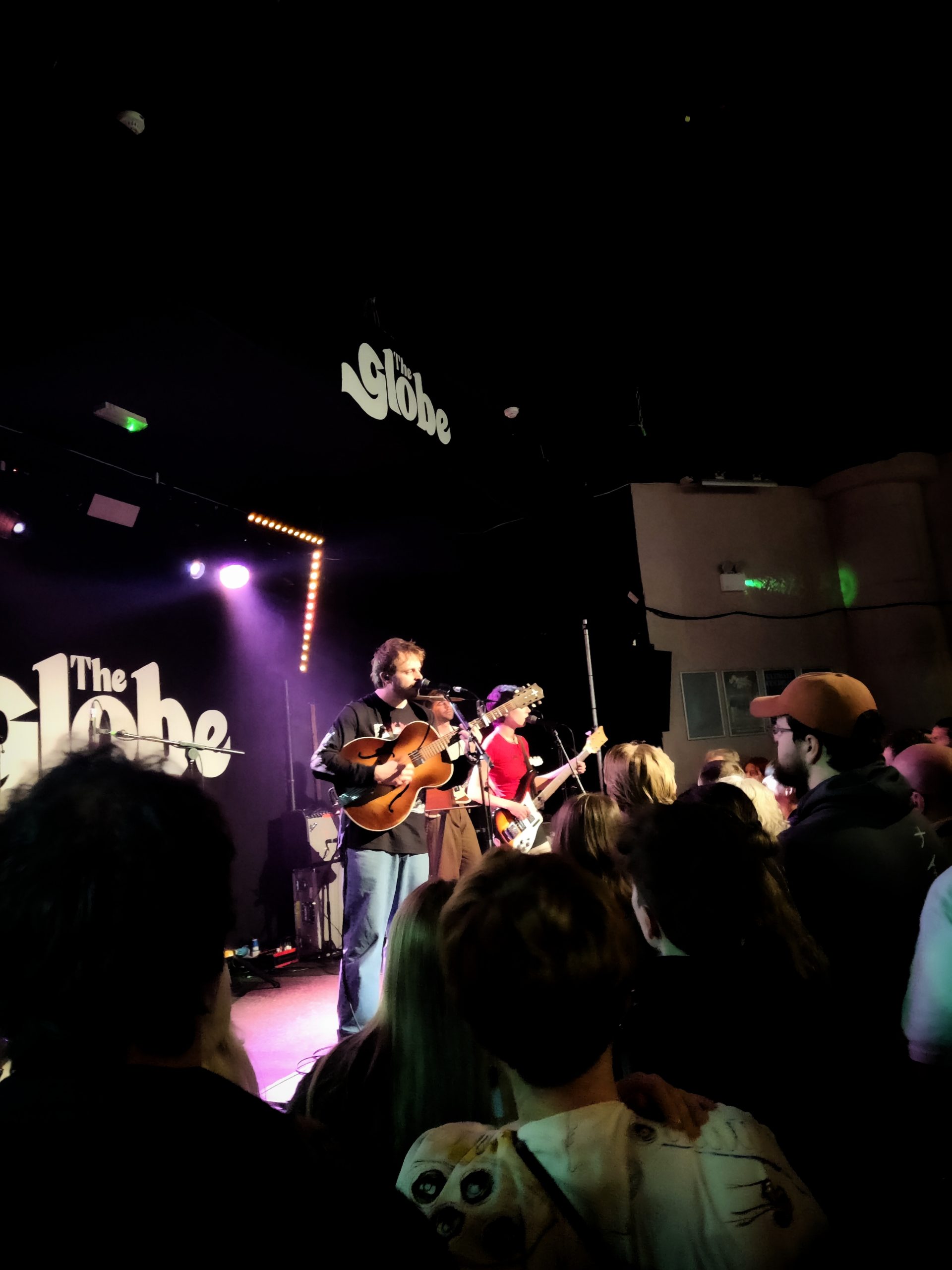Many people often claim they were ‘born in the wrong era’, and fantasise about adopting the fashion and culture of previous years. However, popularising the music, fashion and art of the past doesn’t necessarily mean it was always a politically positive time to be living in. We asked our contributors to discuss the era they would choose, and the positives and negatives of that time.
1950s 
by Shivika Singh
The 1950s is a decade known for introducing timeless fashion icons, sophisticated fashion, rock and roll music, the popularisation of television, and the USA economic boom resulting in higher standards of living. The female fashion of the decade conformed to the stereotypical feminine style, with dresses primarily enhancing an hourglass silhouette and prioritizing “ladylike” elegance. Cinched waists, vibrant colours, novel prints like polka dots and gingham, pencil and poodle skirts were the key highlights of the female fashion during the decade. Some of the era’s unforgettable actresses and style icons like Marilyn Monroe, Grace Kelly, Audrey Hepburn and Elizabeth Taylor still inspire the fashion industry today. For me, it would be a dream to be born in the same era as them and live with the fashion and sophistication of the day.
However, the 50s wasn’t always pleasant to be living in. The world had still not recovered from the chaos and uncertainty caused by the Second World War and the political aftermath was more or less unpredictable. The beginning of the Cold War created an atmosphere of tension between the opposing economies. The women of the decade faced additional repercussions in the workplace. With the soldiers returning back from the war, millions of women who had joined the workforce in their absence were being displaced. The seeds of dissatisfaction with the status quo were sown during this time, and later emerged in the form of the Civil Rights Movement and the second wave of feminism.
Influenced by our liking for a certain trend in popular culture, we often desire to be born in that era, ignoring the political repercussions of the time. However, history doesn’t always have the fashion trends and political stability in coexistence with one another.
1960s ÔÇÿcounterculture’┬á
by Jacob Lewis
During the 1960s in America, a widespread cultural spark had ignited and burned deep into the hearts and minds of America’s youth, and would come to be recognised as the ÔÇÿcounterculture’ era. This era is arguably one of the most significant and iconic periods of the 20th century which saw a cultural shift that rejected the constraints and norms imposed by society, rejected repressive social order, and became an idealistic movement that centred around liberation of the human mind and body from institutions of society. The movement coincided with and become largely heightened by America’s involvement in the Vietnam war.
For me the appeal for wishing to be a part of this era and this poetic wave in time, lies within the shared notion amongst the youth that forged it: a notion of true freedom and the universal belief that they were creating a better society unparalleled to the unjust forces that governed it. I love the ideals that were embedded within the cultural movements such as the hippie counterculture: peace, love, and freedom, all infused within a beautiful and chaotic cocktail of psychedelic drugs, sexual liberation, and experimentations with rock & roll.
What I also really love about the 1960s counterculture was how there was a nuance in music artists’ ideas around the dominant themes within the counter cultural milieu. On the one hand, you had West Coast optimism of ÔÇÿpeace and love’ that resonated within the hippie movement and became the sentiment for the 1967┬áSummer of Love┬áand the 1969┬áWoodstock festival. Whilst on the other side of the cultural spectrum, you had East Coast cynicism which is undoubtedly reflected in┬áThe Velvet Underground’s┬ábleak alienation, which was worlds apart from the likes of┬áThe Beatles.
1980s 
by Abi Edwards
The 1980s has always seemed fascinating to me because so much happened in the space of a decade. It was a time of innovation, new fashion styles and musical experimentation. I look back with envy at the lack of technology because today we have become immersed in digital culture and social media. My mum grew up with only four TV channels and used to tape the charts on plastic tapes ÔÇô very different to how I grew up.
I did a drama production of Footloose when I was 15. We dressed in 1980s style dresses and crimped our hair, which was my first real taster of 80s culture. The Netflix hit series Stranger Things implemented my love further. The scene where Eleven and Max are walking through the Starcourt Mall to Madonna’s Material Girl highlights how the 1980s was a time of finding yourself before people started to get too involved in materialism and technology.
However, things were often not easy. Many people were affected by Thatcherism, a term describing Margaret Thatcher’s policies as Prime Minister from 1979 to 1990. This led to the decline in labour unions, an increase in housing prices, the closure of coal mines and many people living in poverty. Also, the 1980s saw the Falklands War in 1982, IRA bombings and the Hillsborough disaster in 1989, which all had a devastating impact on people’s lives. On the other hand, the 1980s also saw Live Aid, the end of the Cold War and the fall of the Berlin Wall in 1989, which can all be seen as positives.┬á
Times were often difficult, but I would have liked to have been around in the 1980s not just because I love 80s music, fashion and movies, but because I would have been a lot more appreciative of the simpler things in life. People didn’t have much and didn’t take things for granted like we do today.


